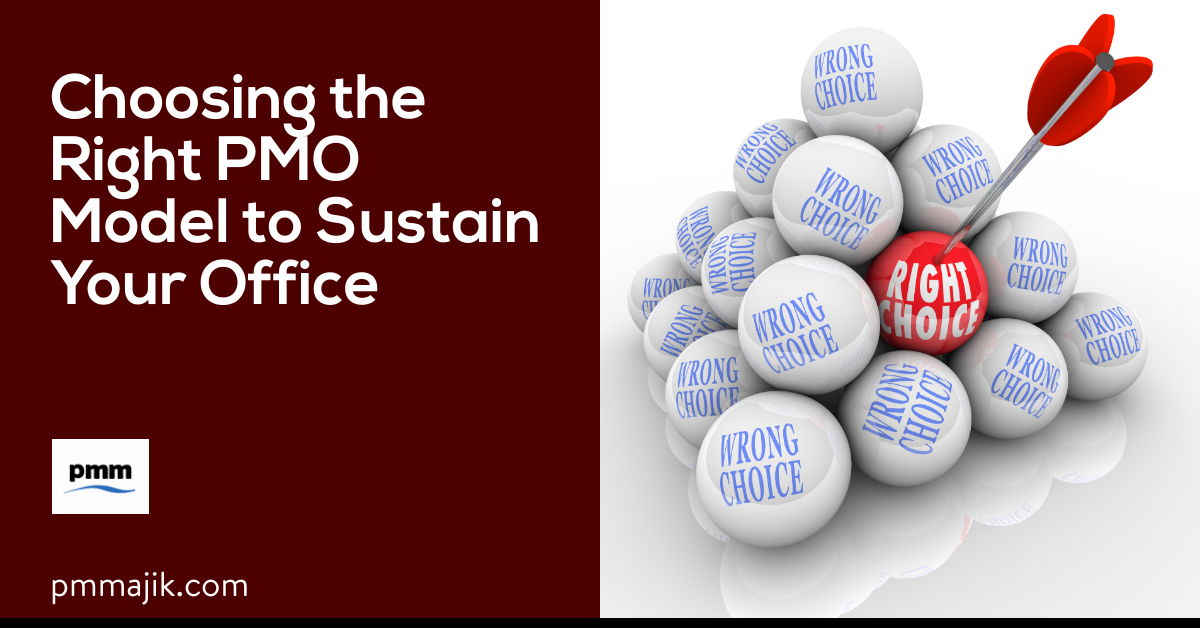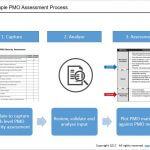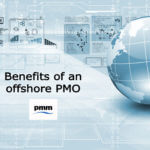As your project management office (PMO) becomes established within the business, you need to assess its future. When you move from a start-up to a business-as-usual office, you need to dedicate time to choosing the right PMO model to sustain the office.
Once you’ve assessed the maturity of your PMO and decided that it’s now established and bedded in, you need to look at the structure and function of the office. Is the way your office works self-sustaining, or do you need to start to work differently?
To help you understand the PMO models available and whether you need to shift to one, we’re going to look at:
- The different PMO models available
- What type of PMO and business are best suited to them
- How to determine if a change in focus is necessary
So you can chart the course of your PMO into the future.
What are the PMO models available for a sustainable office?
Getting your PMO set up is a different beast to running it and making it successful in the long-run. Once your office has proved its value in getting projects delivered on time and on budget, you need to decide what’s next.
There are two main ways your PMO can operate:
- An administrative or reporting PMO
- A managerial or proactive PMO
Within each of these are more detailed PMO options, including a compliance PMO, supportive PMO, or business-focussed PMO, for example.
Let’s break down the two main PMO models and see how they can help take your PMO past maturity.
An administrative PMO
Most PMOs will start out as an administrative or reporting PMO. This means the office will primarily:
- Gather data
- Monitor results
- Ensure deliverables are met
This is what most people will think of when they consider a PMO, and it is a core function. Your office was likely established because there were issues with projects or the business leaders wanted to prevent them.
Should you keep this type of PMO once your office has reached maturity? It may be sensible since you know your office is good at providing these functions and has processes and frameworks in place.
However, with businesses wanting to see constant improvement, this model may only offer incremental change once it’s been established and initial goals have been achieved.
A managerial PMO
Taking your PMO towards the managerial PMO model adds new functions and capabilities to your office, such as:
- Offering managerial support to projects
- Coaches and mentors project managers
- Working with risk, planning, and dependencies
This means the PMO will offer more support to improve projects rather than simply report on what they’re doing. It’s a more advanced form of PMO and could be an option to expand into when you’re confident in the reporting role.
By adding functions, you can add long-term value and demonstrate that your office is constantly evolving. You do run the risk of spreading your team too thin and losing focus of the basics, though.
How do I decide to change my PMO model to sustain my office?
Whether you stick with what you know and hone it to a fine art or keep adding functions to your roster is a big choice. Along with getting projects delivered, a big focus of a PMO must be to sustain in the long-term rather than be seen as a quick fix that whips projects into shape and then closes down.
There are two major questions you need to ask yourself, your team, and your C-suite sponsor when deciding to change your model once the office has reached maturity.
Firstly, what does the business need? There may already be other areas carrying out the functions you want to take on, such as capacity planning, while other functions could be sorely lacking, and there is scope for your office to add value.
Secondly, what is your PMO capable of? Moving towards management support and being a business-focussed PMO is a great long-term goal, but do you have the talent and the access to more talent to pull it off? If your team is made up of talented analysts and administrators, they may struggle to offer managerial support, for example.
The right model for sustaining a PMO
Bringing your PMO to maturity can mean changes to how your office functions. Choosing the right PMO model to move to a sustaining office will mean you can continue to offer value and protect your office from closure.






